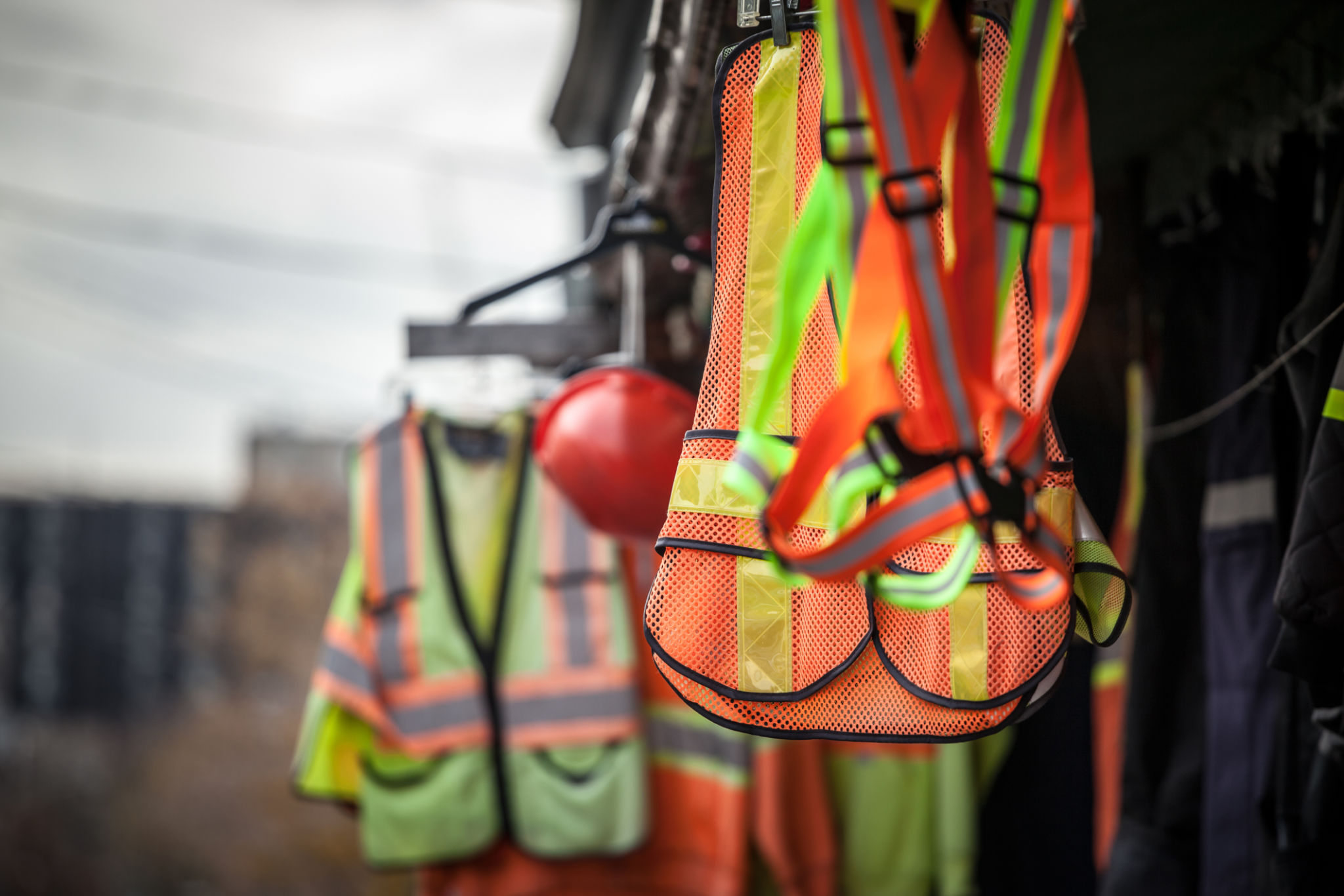Myth-Busting: Common Misconceptions About AI in Industrial Safety
Understanding AI in Industrial Safety
Artificial Intelligence (AI) is revolutionizing various industries, including industrial safety. However, several misconceptions persist, leading to skepticism and underutilization. By debunking these myths, we can better appreciate AI's potential and integrate it effectively into safety protocols.

Myth 1: AI Replaces Human Workers
A common misconception is that AI in industrial safety is designed to replace human workers. In reality, AI is intended to augment human capabilities by handling repetitive, dangerous, or data-intensive tasks. This allows human workers to focus on more complex and strategic responsibilities, enhancing overall productivity and safety.
For instance, AI systems can monitor environmental conditions and detect anomalies in real-time, alerting workers to potential hazards. This partnership between humans and AI leads to a safer and more efficient workplace.
Myth 2: AI Systems Are Infallible
Another myth is that AI systems are infallible and can operate without any human oversight. While AI can process vast amounts of data and identify patterns faster than humans, it is not immune to errors. AI systems rely on the quality of the data they are fed and the algorithms they use.
Regular updates and maintenance are crucial to ensure AI systems function correctly. Human oversight remains vital to interpret AI outputs and make informed decisions, especially in complex industrial environments.

Myth 3: AI Implementation Is Cost-Prohibitive
Many believe that integrating AI into industrial safety protocols is prohibitively expensive. While initial costs may be significant, the long-term benefits often outweigh the expenses. AI technology can lead to reduced accident rates, lower insurance costs, and improved operational efficiency.
Additionally, the cost of AI technology is decreasing as it becomes more widespread and accessible. Companies can start small, implementing AI in specific areas before expanding its use across operations.
Myth 4: AI Compromises Privacy
Concerns about privacy are prevalent when it comes to AI. In industrial settings, this often translates to fears that AI surveillance systems might invade employee privacy. However, AI in industrial safety is generally focused on monitoring environmental conditions and equipment rather than individuals.

Implementing clear policies and transparency about how AI systems are used can help address these privacy concerns. Emphasizing that the primary goal is employee safety can also foster trust and acceptance among the workforce.
The Future of AI in Industrial Safety
As we move forward, it is essential to continue educating stakeholders about the realities of AI in industrial safety. By dispelling common myths, we can pave the way for more widespread adoption and innovation in this field.
Embracing AI technology offers a promising avenue for creating safer work environments while optimizing performance. Through collaboration between humans and AI, the potential for enhancing industrial safety is boundless.